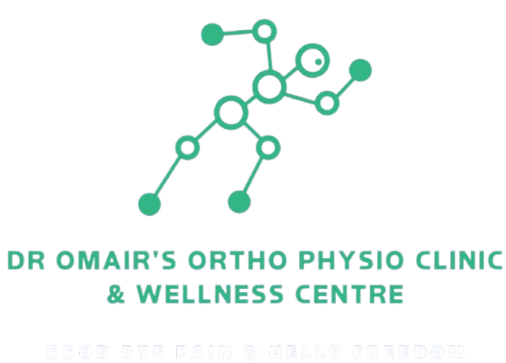Navigating the path to full recovery after a total knee replacement (TKR) can be overwhelming. Luckily, physiotherapy for TKR offers a roadmap for success. This guide will walk you through each stage, helping you regain your active lifestyle. From hospital beginnings to home exercises, the steps outlined ensure a holistic and smooth recovery.
Introduction to the World of TKR
Total Knee Replacement (TKR) is becoming more common worldwide. Millions undergo this surgery each year due to knee issues. Post-surgery, physiotherapy for TKR is crucial for quick and effective recovery. It not only accelerates healing but also prevents potential setbacks. Through this guide, readers will learn practical steps and holistic strategies for a positive recovery journey. You can find inspiration and confidence to return to regular activities with ease.
Decoding Total Knee Replacement Surgery
People often need TKR due to severe arthritis or knee injuries. Over time, the knee joint may fail to function well, causing pain. When medications and other treatments fail, surgery becomes necessary. During surgery, damaged bone and cartilage are replaced with artificial ones, creating a new joint surface. Understanding this process helps set realistic expectations. Post-surgery, you might experience swelling and pain, but these are normal and manageable through appropriate care. The journey to full recovery can take several months, but with physiotherapy for TKR, each step brings you closer to moving freely without discomfort.
Key Benefits of Physiotherapy in TKR Rehab
After a TKR surgery, physiotherapy for TKR plays a vital role in regaining movement and building muscle strength. It helps reduce complications such as blood clots and joint stiffness, often seen post-surgery. The exercises ensure that you regain your balance and coordination. Besides physical benefits, physiotherapy fosters mental recovery too. It boosts confidence and enhances overall well-being, giving you the motivation to pursue your recovery goals actively.
Phases of TKR Rehabilitation: A Journey Step-by-Step
Successful recovery from TKR is a phased process, where each stage plays a unique role.
In-Hospital Phase: Days 1-3 Post-Surgery
Right after surgery, early movement is key. You’ll be encouraged to get up and walk with help from day one. Basic exercises aim to improve your range of motion (ROM) gently. This is crucial to prevent stiffness. To avoid complications, simple circulation activities and effective management of swelling are employed. The involvement of physiotherapy for TKR during these days sets the foundation for a smoother recovery.
Early Home Phase: Weeks 1-3
At home, your focus should be on enhancing flexibility. Engage in exercises that improve knee movement. Gaining independence is essential, so walking aids are used until you feel steady. Learning safe ways to move around will enhance your confidence. Pain and swelling might persist, but managing them effectively with proper techniques ensures steady progress.
Outpatient Rehabilitation: Up to 4 Months
During outpatient rehab, exercises become more advanced, gradually increasing strength and balance. You transition from assisted to unassisted walking, which is a big milestone. Participating in regular activities becomes possible as you overcome potential hurdles. Each step builds your confidence and gets you back to favorite pastimes.
Essential Exercises for a Successful Recovery
To ensure a successful recovery, specific exercises target key areas. – Focus on ROM exercises like heel slides and knee extensions to maximize flexibility. – Strengthening routines that build quadriceps support knee stability. These exercises prevent falls and enhance joint strength. – Follow a consistent schedule for exercise frequency, making necessary adjustments as you progress. Physiotherapy for TKR is all about gradual improvement at a comfortable pace.
Achieving Rehab Success: Tips and Pitfalls
Consistency is crucial in your recovery journey. Stick to exercises and appointments, forming a routine. Setting goals and tracking milestones keeps you motivated. Listen to your body; it gives signals if things aren’t right. Engage with professionals to ensure exercises are executed safely. These strategies are vital for a successful recovery.
Professional Guidance: When to Seek Assistance
Watch out for signs that indicate you need more help, like increasing pain, unusual swelling, or fever. It’s crucial to reach out if these symptoms arise. Surgical or physiotherapy intervention might be needed to address these issues promptly. Never hesitate to consult your healthcare provider if you have concerns.
Conclusion: Embrace the Path to Recovery
Physiotherapy’s role in recovery after TKR is essential. It helps you attain activity goals through persistent effort. A positive outlook on your journey empowers healing. Embrace the rehabilitation with dedication, celebrate achievements, and maintain adherence to your exercise plan. This proactive approach ensures you can enjoy life without knee pain and with increased mobility.

